Time Period: Early Twentieth Century (1901 - 1940) - Starting with S
 Springdale Street Scene
Springdale Street Scene
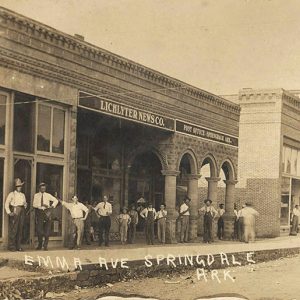 Springdale Street Scene
Springdale Street Scene
 Springtime, San Gabriel Valley
Springtime, San Gabriel Valley
Spruce, Everett Franklin
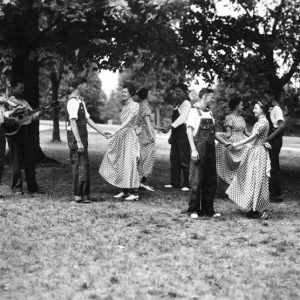 Square Dance
Square Dance
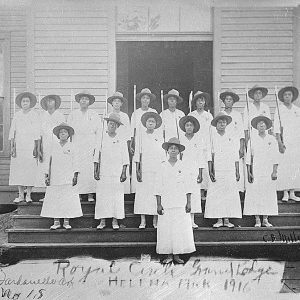 SRCFW Women
SRCFW Women
St. Agnes Catholic Church
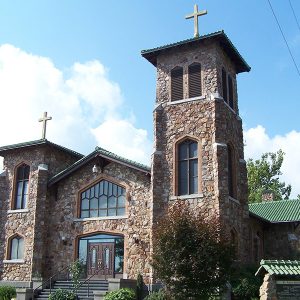 St. Agnes Catholic Church
St. Agnes Catholic Church
St. Anthony’s Hospital
aka: CHI St. Vincent Morrilton
 St. Bernards Medical Center Ticket
St. Bernards Medical Center Ticket
 St. Boniface Rectory
St. Boniface Rectory
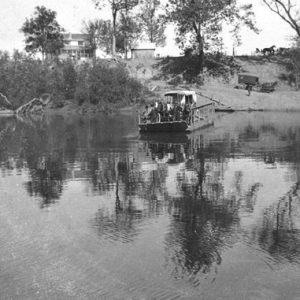 St. Charles Ferry
St. Charles Ferry
St. Charles Battle Monument
St. Charles Lynching of 1904
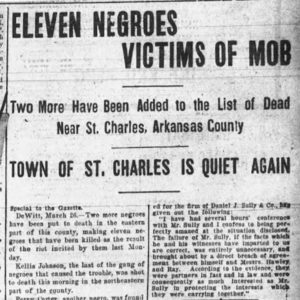 St. Charles Lynching Article
St. Charles Lynching Article
St. Edward Catholic Church
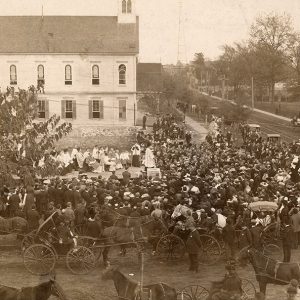 St. Edward Catholic Church
St. Edward Catholic Church
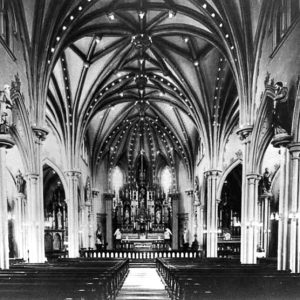 St. Edward Catholic Church Interior
St. Edward Catholic Church Interior
 St. Edward First Communion
St. Edward First Communion
St. Francis County Reported Lynching of 1910
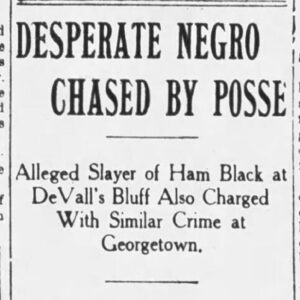 St. Francis County Reported Lynching of 1910 Article
St. Francis County Reported Lynching of 1910 Article
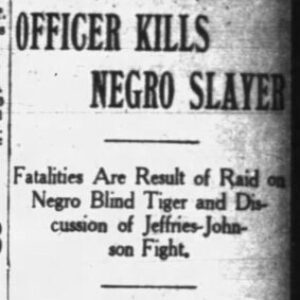 St. Francis County Reported Lynching of 1910 Article
St. Francis County Reported Lynching of 1910 Article
St. Joe Historical Missouri and North Arkansas Depot and Museum
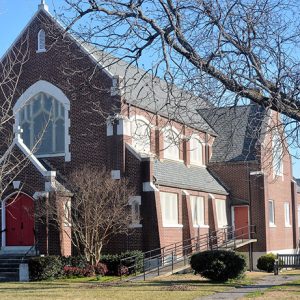 St. John's Episcopal Church
St. John's Episcopal Church
St. John’s Episcopal Church (Camden)
St. John’s Seminary
 St. John's Seminary Building
St. John's Seminary Building
St. Joseph’s Home
aka: St. Joseph Center
 St. Louis and North Arkansas Railroad
St. Louis and North Arkansas Railroad
St. Mary’s Catholic Church (Helena-West Helena)
St. Mary’s Catholic Church (Paragould)
St. Mary’s Church (Altus)
aka: Our Lady of Perpetual Help Catholic Church (Altus)
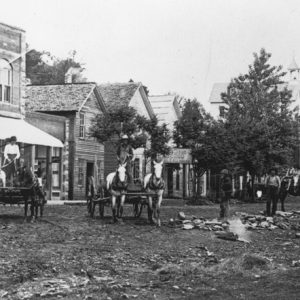 St. Paul
St. Paul
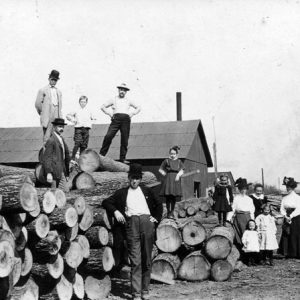 St. Paul: Railroad Timber
St. Paul: Railroad Timber
 St. Paul's Episcopal Church
St. Paul's Episcopal Church
 St. Vincent Infirmary
St. Vincent Infirmary
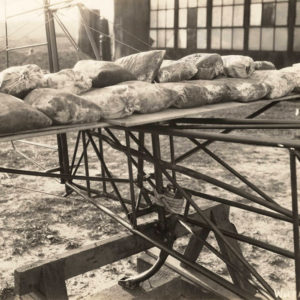 Stabilizer Test
Stabilizer Test
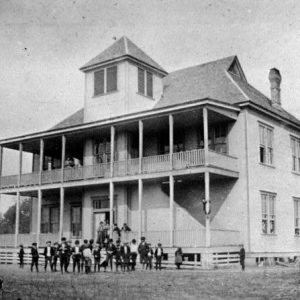 Stamps High School
Stamps High School
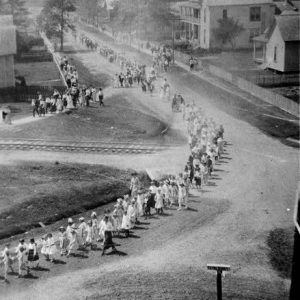 Stamps Liberty Loan Parade
Stamps Liberty Loan Parade
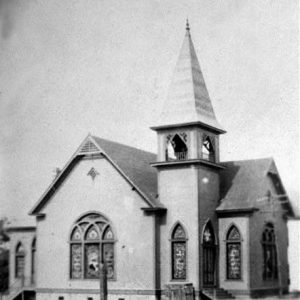 Stamps Presbyterian Church
Stamps Presbyterian Church
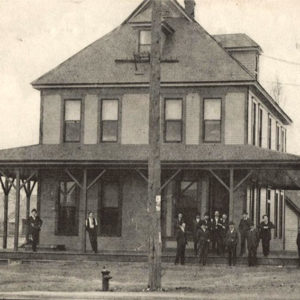 Stamps Railroad Office
Stamps Railroad Office
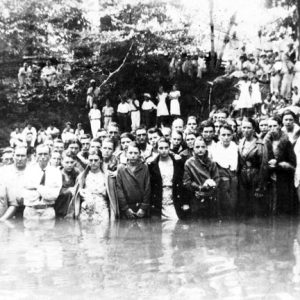 Star City Baptism
Star City Baptism
Star City Commercial Historic District
 Star City Parade
Star City Parade
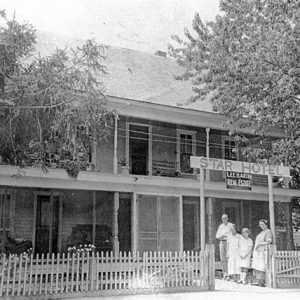 Star Hotel
Star Hotel
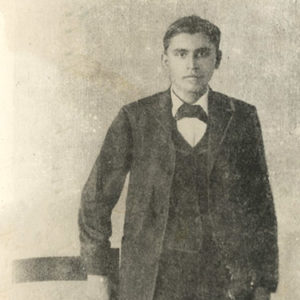 Henry Starr
Henry Starr
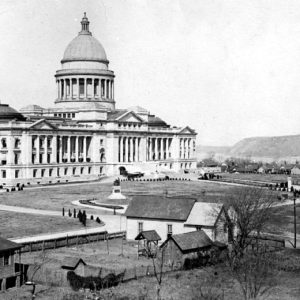 State Capitol Building
State Capitol Building
 State Capitol Plans
State Capitol Plans
 State Farm for Women Article
State Farm for Women Article




